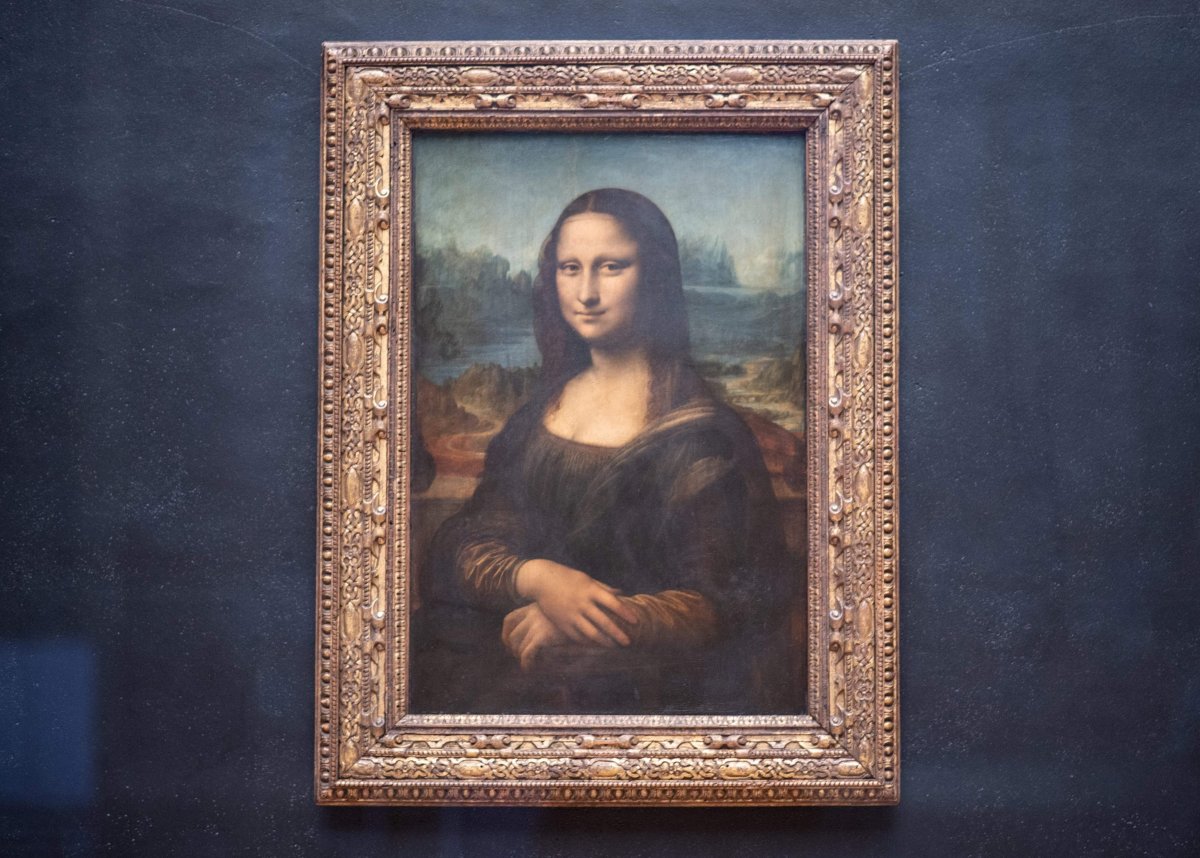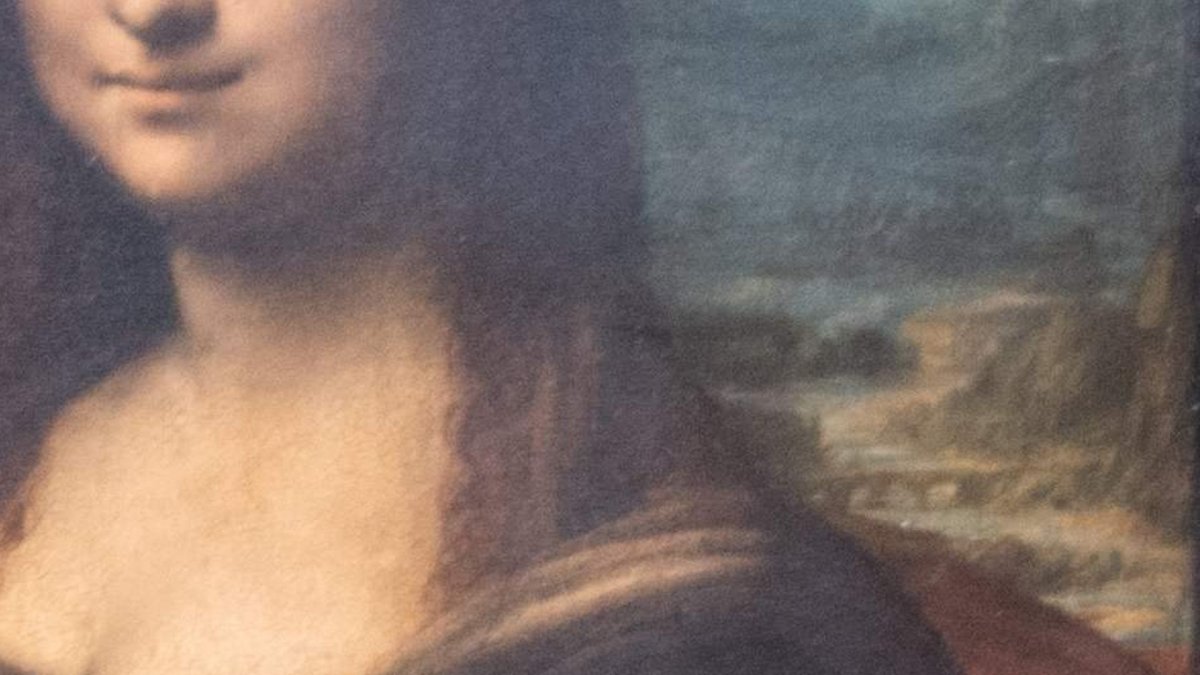A historian in Tuscany, Italy, believes he’s bridged the gap between modern times and the 1500s when Leonardo da Vinci painted the iconic Mona Lisa.

Italian art historian Silvano Vinceti said the Romito di Laterina bridge in the province of Arezzo is “unmistakably” the bridge in the background of one of the most well-known paintings ever created.
Though other Italian villages have also claimed to be the site of the Mona Lisa bridge, Vinceti’s research asserts that the Romito bridge in the town of Laterina is the painter’s true inspiration.
In da Vinci’s masterpiece, four arches of a seemingly stone bridge are visible just over Mona Lisa’s right shoulder. To prove his claim that the background bridge belongs to Laterina, Vinceti created a virtual reconstruction of the bridge to display the similarities.
Since the Romito bridge no longer stands in full, Vinceti used historical documents from state archives in Florence and drone-captured images to create the virtual rendering. Currently, only one arch and a few foundations of the bridge remain.
“The distinctive form of the Arno along that stretch of territory corresponds to what Leonardo portrayed in the landscape to the left of the noblewoman depicted in the famous painting,” Vinceti told reporters at the foreign press association in Rome on Wednesday.
Vinceti told the press, like the bridge in the Mona Lisa, the Romito bridge had four arches.
Before Vinceti’s claim, the Ponte Buriano bridge in a suburb of the province Arezzo was believed by some to be the true crossing in da Vinci’s painting. The suburb, also called Ponte Buriano, even has a tourism campaign surrounding the bridge, which is advertised on the village’s welcome sign.
The Ponte Buriano bridge, Vinceti argued, has six arches and not four like the painting. He added that the Ponte Bobbio in the city of Piacenza, which others have also claimed is the Mona Lisa bridge, has more than six arches and therefore cannot be the one da Vinci painted.
Simona Neri, the mayor of Laterina, said Vinceti’s work has stirred excitement among the town’s small population of 3,500.
- Harvey Weinstein hospitalized after return to jail following rape conviction overturn
- Canada is unblocking aid to Afghanistan but delay is ‘extremely frustrating’: advocate
- ‘Hiroshima-level casualties’ feared in final battle for North Darfur
- U.S. schools shut down student anti-war encampments after antisemitic activity reports
“We really hope that this wonderful news will intrigue and fascinate local and foreign tourists, with the knowledge that it will be a great opportunity to relaunch the tourism of our territory on which we can work a lot starting from naturalistic, cultural and monumental valuation,” said Neri, who was also present at the press conference Wednesday. “We need to try to protect what’s left of the bridge, which will require funding.”
She joked that like Ponte Buriano, Laterina ought to put up adversarial posters for the alleged Mona Lisa site.
Neri claimed a bike path in the area of the Romito bridge is currently being developed.
The Mona Lisa was painted in the 16th century while da Vinci lived in Florence. Though it is impossible to say for certain, many believe the woman in the masterpiece is Lisa del Giocondo, the wife of the Florentine merchant Francesco di Bartolomeo del Giocondo. Others, including Sigmund Freud, believe the portrait’s sitter is da Vinci’s own mother Caterina. The actual painting, created on a poplar wood panel, is smaller than many expect, measuring only 77 cm by 53 cm.
The Mona Lisa is currently housed behind bulletproof glass at the Louvre in Paris, where millions of tourists congregate to see the masterpiece each year.






Comments